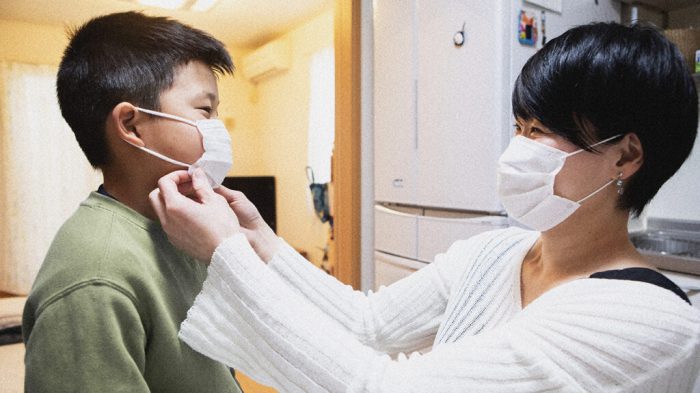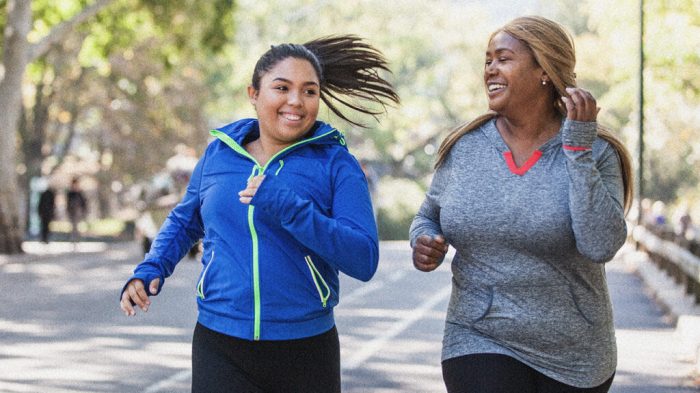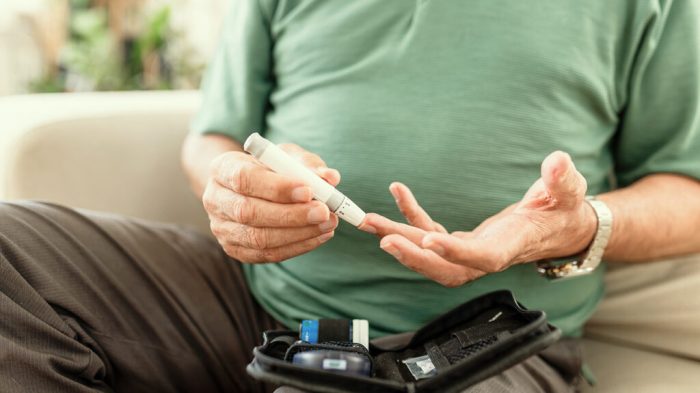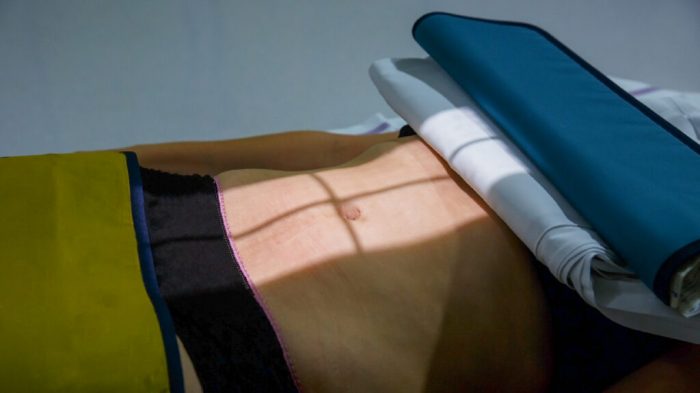Scientists have discovered antibodies that react to the new coronavirus in blood samples donated prior to the start of the pandemic. They suggest that some people may have at least a degree of preexisting immunity to the new virus.
The number of new COVID-19 cases is on the rise in many regions across the globe. But not everyone who comes into contact with SARS-CoV-2, the new coronavirus, develops COVID-19.
A group of scientists from the Francis Crick Institute, in London, along with colleagues at University College London, both in the United Kingdom, may have found a clue as to why some people can fight off a SARS-CoV-2 infection better than others.
Their work recently appeared in the journal Science.
Surprise discovery
The research team originally set out to develop a high-sensitivity test to detect antibodies to the SARS-CoV-2 virus.
Scientists can use this type of test to establish whether a person has antibodies after they had COVID-19, which is a key piece of information for those trying to establish how long immunity may last after SARS-CoV-2 infection.
As part of their work, the scientists used serum samples provided by people who did not have COVID-19. To their surprise, they found antibodies that reacted to SARS-CoV-2 in some of the samples.
In their paper, the researchers describe a scientific theory that exposure to any of the common human coronaviruses, which can cause the common cold, may lead to immunity against the other common human coronaviruses. They refer to this as immune cross-reactivity.
There are four seasonal common human coronaviruses, all of which mostly cause mild disease. The vast majority of people have an infection with at least one of these viruses at some point.
Scientists already know that our bodies do not build up long-lasting immunity to these viruses, which is why a person can contract an infection with a common human coronavirus more than once in their lifetime.
But can a previous exposure to a common human coronavirus provide at least temporary protection against SARS-CoV-2?
Finding cross-reacting antibodies
Coronaviruses use a protein called the spike protein to attach to and infect host cells.
Prof. George Kassiotis, a senior author of the new study and the group leader of the Retroviral Immunology Laboratory at the Francis Crick Institute, explains how antibodies that recognize a part of the spike protein may provide immune cross-reactivity.
“The spike of this coronavirus is made of two parts, or subunits, performing different jobs. The S1 subunit allows the virus to latch onto cells and is relatively diverse among coronaviruses, whereas the S2 subunit lets the virus into cells and is more similar among these viruses,” he says. “Our work shows that the S2 subunit is sufficiently similar between common cold coronaviruses and SARS-CoV-2 for some antibodies to work against both.”
In their study, Prof. Kassiotis and colleagues determined the levels of cross-reacting antibodies in several collections of samples, most of which had been donated prior to the emergence of the SARS-CoV-2 virus.
In a group of 50 blood samples from pregnant people from May 2018, the team found that 10% had cross-reacting antibodies. In a separate cohort of 101 samples from May 2019, three had these antibodies.
In a further experiment, the team analyzed 13 additional samples from adults who had recently had an infection with a common cold coronavirus. Of these, only 1 sample had cross-reacting antibodies.
Overall, the authors report, 16 of 302 samples, or 5.29%, had SARS-CoV-2 cross-reacting antibodies. The median age of the donors was 51 years.
But why did relatively few people have cross-reacting antibodies, given that infections with common human coronaviruses happen frequently?
“This suggested that their emergence was not simply a common transient event following each [common human coronavirus] infection in this age group,” the authors comment. “Instead, given that [common human coronavirus]-reactive antibodies are present in virtually all adults, the rarity of SARS-CoV-2’s cross-reactivity […] indicates additional requirements.”
One such requirement, they suggest, may involve how often a person has an infection with a common human coronavirus. The frequency is highest in children and adolescents.
Children ‘more regularly exposed to other coronaviruses’
To look for a link between age and SARS-CoV-2 cross-reacting antibodies, the team analyzed 48 blood samples from children and adolescents aged 1–16 years. All of the samples stemmed from before the pandemic.
Here, they found that 21 of the samples had cross-reacting antibodies, while in a separate cohort of samples from people aged 17–25 years, these were only present in one sample.
“Our results show that children are much more likely to have these cross-reactive antibodies than adults. More research is needed to understand why this is, but it could be down to children being more regularly exposed to other coronaviruses,” comments Kevin Ng, one of the lead study authors and a post-graduate student in Prof. Kassiotis’ lab.
“These higher levels we observed in children could also help explain why they are less likely to become severely ill with COVID-19. There is no evidence yet, however, that these antibodies prevent SARS-CoV-2 infection or spread.” – co-lead study author Kevin Ng
Professor Kassiotis also weighs in: “It is important to stress that there are still many unknowns which require further research. For example, exactly how is immunity to one coronavirus modified by exposure to another?”
“Or, why does this activity decline with age? It is not the case that people who have recently had a cold should think they are immune to COVID-19,” he adds.










